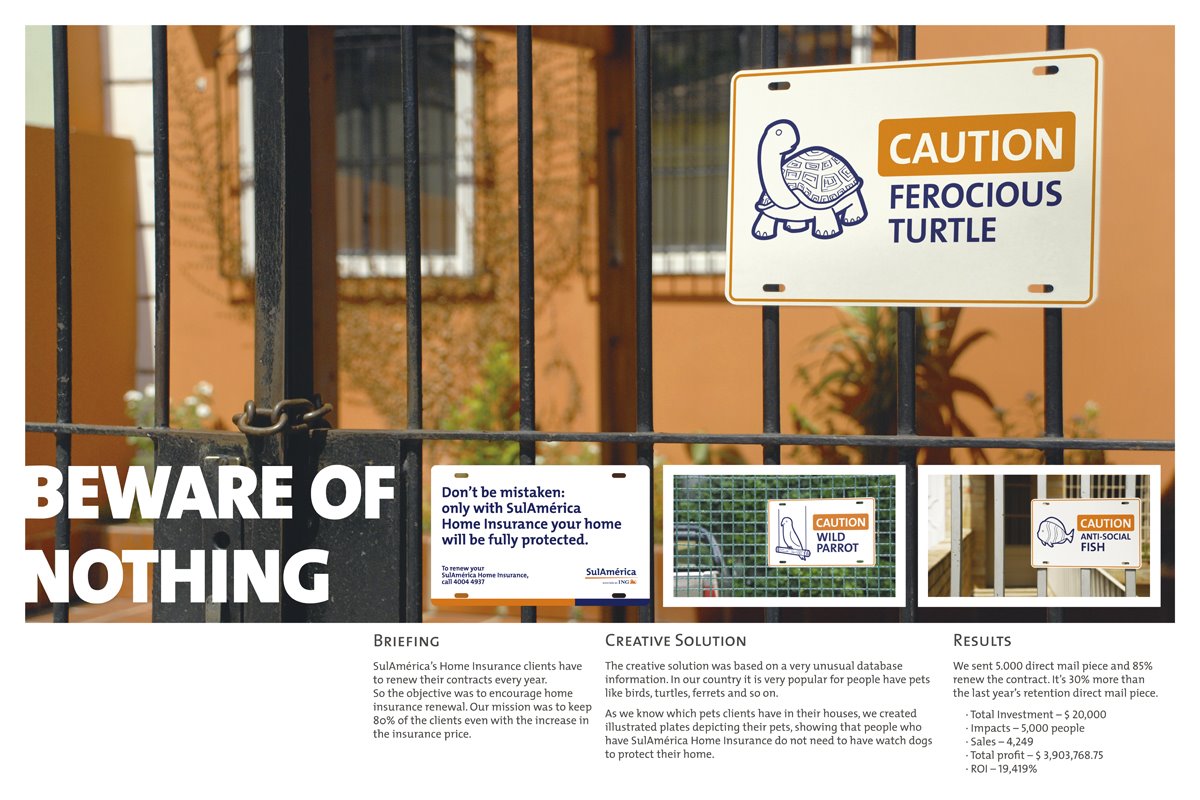The Jesus All About Life campaign is on in earnest – though it’s unlikely it’ll get much attention as far north as Townsville. Steve Kryger from Communicate Jesus had some insightful critiques of the campaign’s methodology. He copped a bit of flack for daring to stick his head up and say what anybody who thinks a bit about marketing (or works in the field) was already thinking.
My problem isn’t so much with the style of the campaign – I’ve got a problem with the substance.
I think we’re creating a generation of apathetic nominal Christians whose only knowledge of the Bible is John 3:16, and whose only knowledge of God is that he is loving. And all they have to do is “believe”.
I believe in lots of things that I don’t really care about, and if I use that understanding of the word and apply it to God, without reading the rest of the Bible then I can comfortably, and apathetically, rest assured that God and me are mates. And God is loving. So he’ll do right by me…
I don’t think there are many people stopping to think about what this loving God wants them to do with him past belief. And I don’t think “thank you Jesus for birds that look like they’re wearing pants” is the way to move people past that nominal point and into active Christian “belief” – that where thought is outworked, and where Jesus’ righteous place as Lord of our lives is realised.
Yes, God is loving. Yes, we do need to believe in him (as he actually is, not just that he is). But we need to move past that in our marketing campaigns – every marketing campaign needs a call to action. The call shouldn’t be “be thankful for…(whatever makes a nice postcard)” it should be something that enhances the understanding of what it means to be a Christian.
In our marketing at work part of what we’re aiming to do is “sell the sizzle, not the sausage” – which is what you do in a crowded marketplace like tourism where every customer already knows they’re looking for a holiday but haven’t necessarily chosen where. You can’t do this with Christianity. People need to better understand what goes in our sausage before we even try selling it.
UPDATE: Steve Kryger has posted some research that led the campaign in the direction it went in. It makes for interesting reading – basically the people behind the campaign found that people have negative thoughts about Christianity (particularly secular humanists) and they wanted to move away from “traditional” advertising…
“At a more fundamental level, non-Christians tend to reject the idea of ‘one truth’ as a divisive concept that is to blame for much of the conflict in the world today, and that clashes with the secular humanist ideal of taking personal responsibility for lifestyle choices and interpersonal values.”
I don’t get it. The gospel is no good because we can’t sell it?
I maintain my hypothesis that the gospel is less effective because we’ve spent so long selling it so badly. And pulling out the important bits in a bid to not be offensive (I guess reacting against the “turn or burn” fire and brimstone preachers of the previous generation) doesn’t seem to be a greatly effective strategy.





 I don’t know what this one is for.
I don’t know what this one is for. 





